 St. Sepulchre-under-Newgate
St. Sepulchre-under-Newgate
When will you pay me - say the bells of Old Bailey
I could scarcely be accused of being a writer with any trace of religious fervour but I must confess my fascination with London’s churchs. Many of these buildings are a font (no pun intended) of historical information and culture and are a living link between the past and present in a way that no reference book can be.
For anyone visiting London and looking for a different link with the past just pop into any number of churches which will be full of stories both past and present. Last week I visited the St. Sepulchre-under-Newgate, the Musicians Church, close to Holborn Viaduct as I made my way through Central London. There are many threads to this particular church’s story and all within the fabric of the building. This is an old Saxon church and was renamed by Crusaders on their way to the Holy Land. Its place in history was cemented when it was embodied in the nursery rhyme, Oranges and Lemons – these were the bells of Old Bailey. It is also known as the musicians church living up to its name by commemorating many past musicians in stained glass - John Ireland, Dame Nellie Melba, Walter Carroll, Sir Henry Wood are all there. There is also a military link with the Royal Fusiliers who have their own chapel here.
However, I also discovered a couple of things that you definitely have to look for. Firstly there is a hand bell near the entrance in a glass case – (the Execution Bell). It was rung for over two centuries by the clerk of St Sepulchre's outside the condemned man's cell in Newgate Prison the night before his execution together with an intoned warning to other ne’r-do-wells. Look a little closer and an inspection of the wall surrounding the church will reveal the first public drinking fountain in London where it remains in its original condition.
There are literally hundreds of these churches throughout London’s 33 boroughs and if the stories of the past interest you get them on your trip plan immediately.
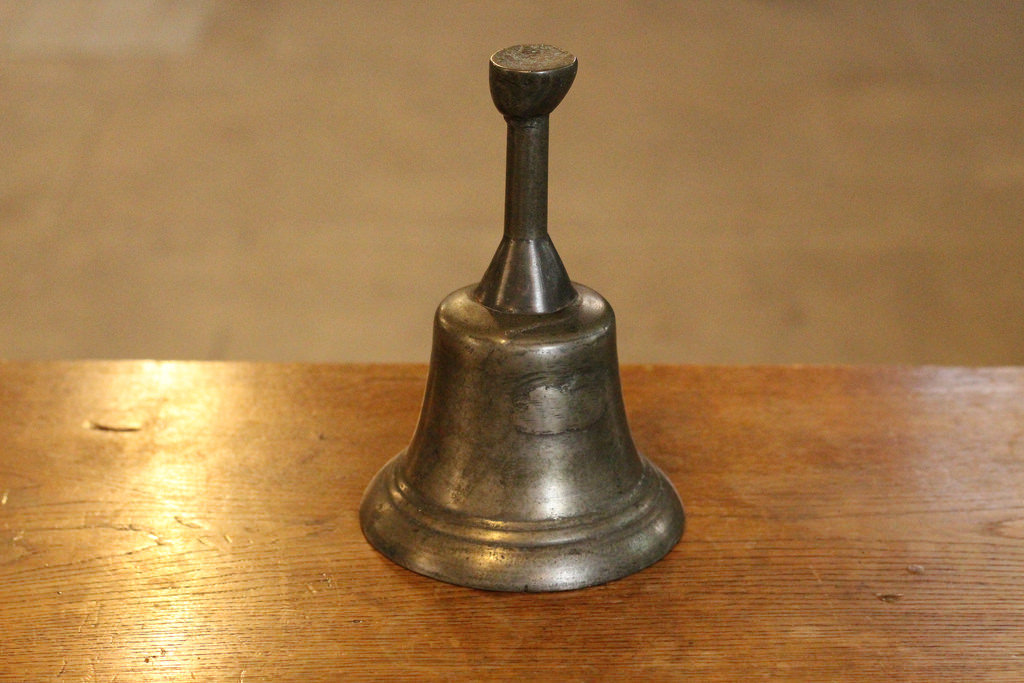
.JPG)
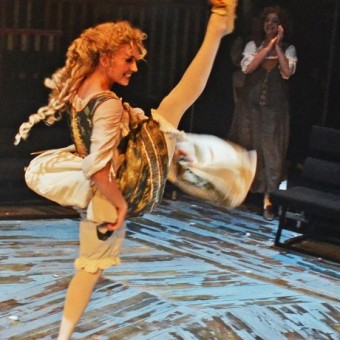
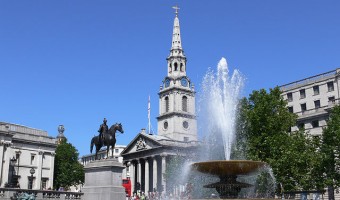
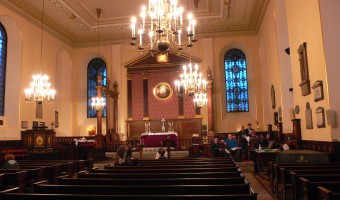
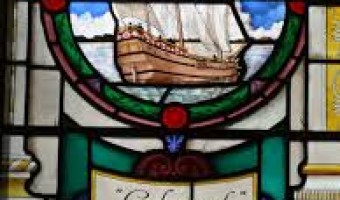
 Load more triptoids
Load more triptoids